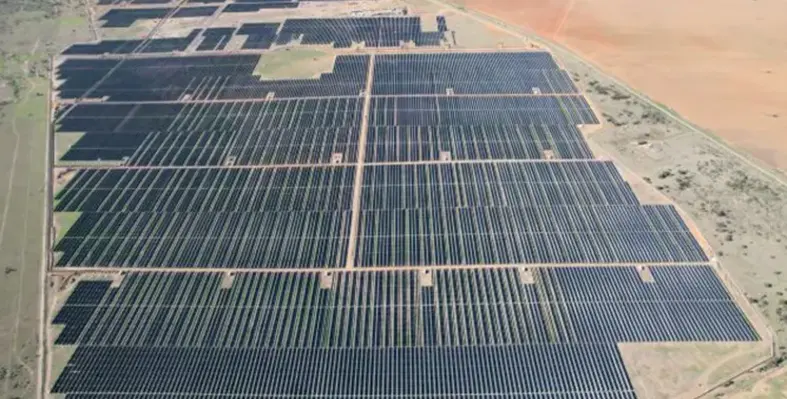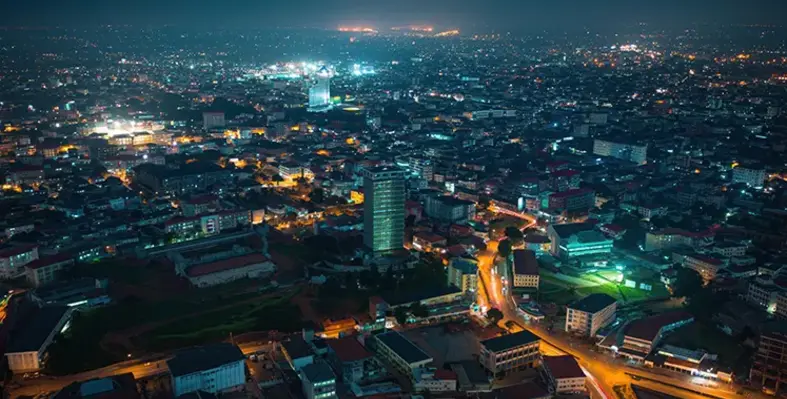Independent power producer Scatec has welcomed the findings of a recent Ember report, confirming that renewable energy sources generated more electricity than coal globally for the first half of 2025
“The global power sector has crossed a critical line,” said Terje Pilskog, CEO of Scatec. “This trend validates the long-term view Scatec has maintained: that renewable energy is not simply an environmental choice, but the most competitive and vital source for new electricity generation globally. The acceleration of green energy deployment, particularly in high-growth emerging markets such as China and India, demonstrates a global recognition of the urgency to decarbonise.”
Pilskog added, “Scatec remains committed to delivering large-scale, reliable, and affordable solar, wind, and battery storage projects, thereby actively contributing to the curb of high-emission coal generation and ensuring energy security for the markets we serve.”
IMPOWER highlights regional opportunities
IMPOWER Solar & Storage has celebrated a major development in the global energy sector.
According to the report, renewables produced 5,072 TWh in the first half of 2025, surpassing coal’s 4,896 TWh. Rapid solar and wind growth in China and India drove this increase. Analysts are calling it “a crucial turning point” in the global energy transition.
For South Africa and the wider African market, this milestone emphasises both the urgency and the opportunity to accelerate clean energy adoption.
IMPOWER said the findings reinforce its strategy of developing resilient, cost-effective systems that enable businesses and communities to thrive both on and off grid. Earlier this year, the company highlighted the importance of policy clarity and grid flexibility to unlock the full potential of renewables in the region.
Matthew Cruise, business development executive at IMPOWER, described the report as, “a positive signal for investors and innovators alike. More than a global headline, it’s a roadmap for South Africa. Every kilowatt-hour we generate from the sun reduces reliance on volatile fossil fuels and strengthens energy security for businesses and households.”
As IMPOWER expands its solar-plus-storage offerings across commercial and industrial sectors, the company views this global shift as proof that the future is already here.
“The future is decentralised, digital, and decarbonised,” Cruise added, urging policymakers to remove barriers that slow adoption.




